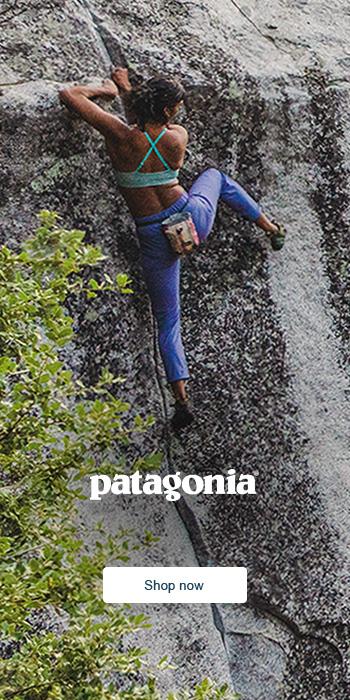Build your rack with the right tools for the terrain. For traditional climbing, use active protection like climbing cams or passive pieces like nuts and hexes to secure cracks and fissures in the rock. When heading into winter conditions, specialised alpine climbing gear such as ice screws is necessary for secure placements in frozen terrain.
Your choice of rock climbing gear depends entirely on the nature of the climb. From single nut keys for removal to full sets of cams, find the correct equipment to keep you safe on your ascent.
































